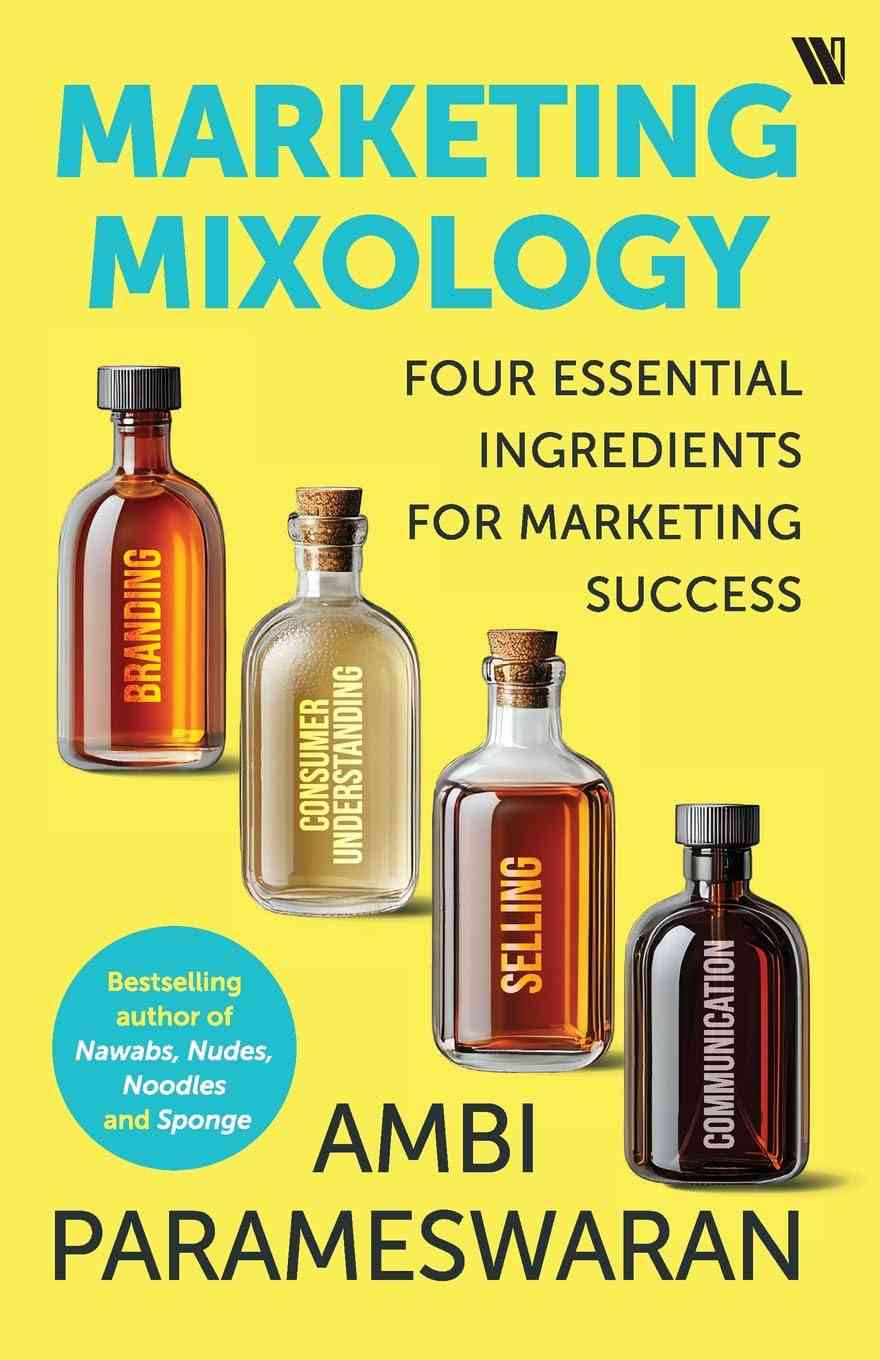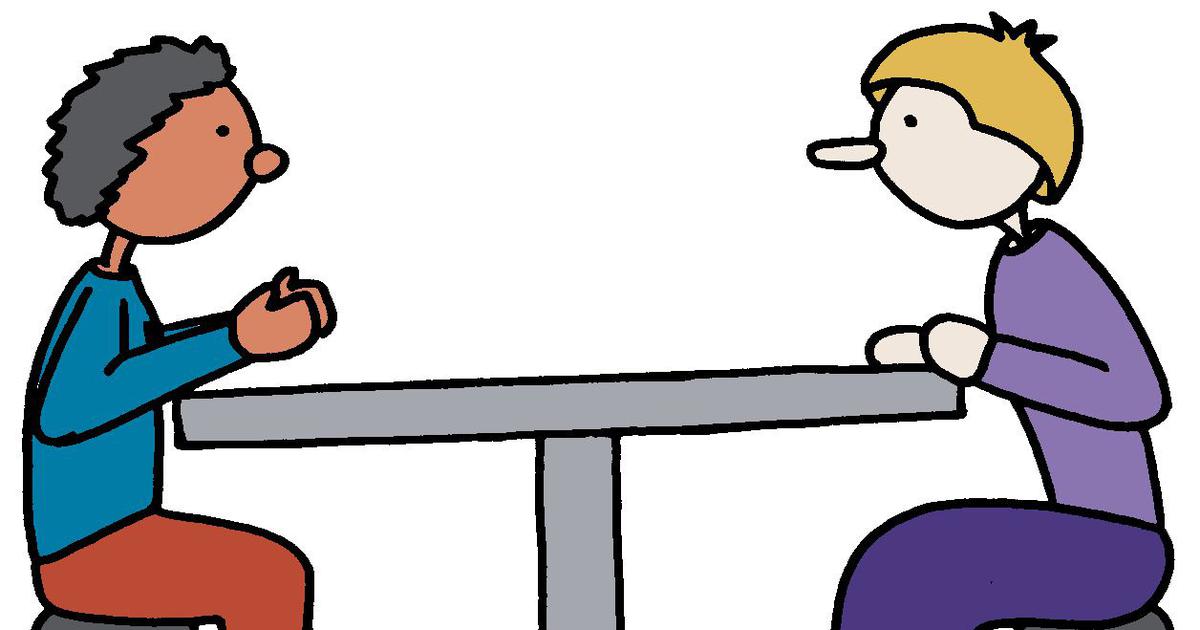One-on-one communication comes in many shades in a marketing or sales job. To start with, you have to face an interview panel at your university. How well-prepared are you? Some schools arrange for mock interviews where senior students are requested to volunteer their time; this has got a huge fillip with the availability of platforms like Zoom and Microsoft Teams.
When going for an interview, you could apply all that we have learnt till now. When you speak, you are the sender of the message and the interviewer or the interview panel is the receiver. There may be three people on the panel. Are all of them receiving your message equally well?
In a business school, it is very difficult to know your interview panel. Which representative will come from which company may be a mystery, but past norms can give you a clear idea. There may be two people in the panel, one from human resources (HR) and one from marketing or sales. Most companies have a set system. Good business schools map these panels and provide students with an early warning; this HR head knows a lot about marketing, this one will quiz you on your people skills, etc.
Let us move from interview situation to a sales or business development situation. You have a meeting with an important prospect. How do you prepare for it? Again, you must apply the same rules. Find out who you are going to meet and their core skills. By using platforms like LinkedIn, you can get a good idea about your prospective customer. Once you have found out who the person is, you can then try and tailor your message. Some customers are all business and actively discourage small talk. Some others don’t mind a bit of small talk before the sales pitch; speaking about a common alma mater is a good place to test the waters. If the response is lukewarm, quickly change the topic. As you start the meeting, you need to ascertain the time allocated. If the customer has provided one hour, be sure to keep at least fifteen minutes at the end for Q&As. One other tip is to befriend the secretary so that you get some extra time, if needed.
Appearances matter. As I have discussed in my book All the World’s a Stage, there is something known as executive presence. How you appear, how you carry yourself into the room or how you walk influences how your message will be received. One simple rule of thumb is to dress one level better than the customer. If the customer is wearing a shirt, you should be in a formal shirt with maybe a jacket (a formal suit may be too much, just as a t-shirt could be too casual). In the start-up ecosystem, some of these rules don’t apply. Find out if a t-shirt is the appropriate apparel so you don’t show up in a three-piece suit when other high-ranking executives are in t-shirts and shorts.
Along with executive presence, your voice (often referred to as executive voice) matters. By voice, I don’t just mean how you sound but also how you speak and the way you look. There are trainers who can work with you on your voice or, on YouTube, you can find enough gurus to help you along the way. Remember that speaking too quietly, too loudly, too fast or too slow are all issues. As Teddy Roosevelt put it, “Speak softly and carry a big stick” – I suppose he meant that, as a world leader, you don’t need to shout but you should know what your weapons are.
Let us assume you are in front of your prospect. You have spoken for a bit about your new product. What happens next? It is here that you have to learn something that, as an executive coach, I had to master, which is the art of active listening. In active listening, we engage with all our senses. Our body language indicates that we are absorbing what’s being said. As Sheryl Sandberg says: Lean in. Pay full attention. Look for the tone and manner of the communication. Don’t interrupt for the sake of having the last word.
Of course, you do not have to agree with all that a prospect expresses. But you need to listen to all that they are saying and decide how to react only after they’ve concluded or you might interrupt an important thought that the prospect is attempting to put across.
As you continue with your discussion, don’t forget to measure the progress you are making. If you are with a colleague, one of you should talk more while the other makes notes and measures progress.
Once, I remember meeting an important prospect and pitching our business to him. As the atmosphere in the room had mellowed and we were in a good zone, my colleague decided to talk about football. While the prospect was thrilled to bits that we had read about his interest in football, we only began discussing it after we had achieved a fair level of comfort. I am sure if we had started with football immediately, we would have ended up scoring a self-goal.
Let us say that you had a good meeting but while walking out, you stumble and almost fall down. Will this hurt your chances? It turns out that this may actually help you land the contract. Known as the pratfall effect, it refers to a phenomenon of a person who is seen as extremely competent becoming more likeable when they also commit a simple blunder. That simple blunder, the stumble, makes you appear more human. So if you spilled a little tea on your shirt or your file falls down or your pen leaked – the pratfall effect might save you.
One last tip about one-on-one selling situations that I used to give my team at Yellow Pages: if the prospect offers you tea at the beginning of the meeting, always say yes. Why? Simply because if the tea is delayed, you get extra time with the customer. Plus, saying no at the beginning can come across as rude. Let us flip the situation. The sale is done, the prospect is now a customer. They offer you a cup of tea. You should say no because in the time the tea arrives, the customer may ask more questions and end up regressing to a prospect again. As such, if the chemistry is good, you should simply thank them and quickly leave with the order in hand.

Excerpted with permission from Marketing Mixology: Four Essential Ingredients for Marketing Success, Ambi Parameswaran, Westland.










